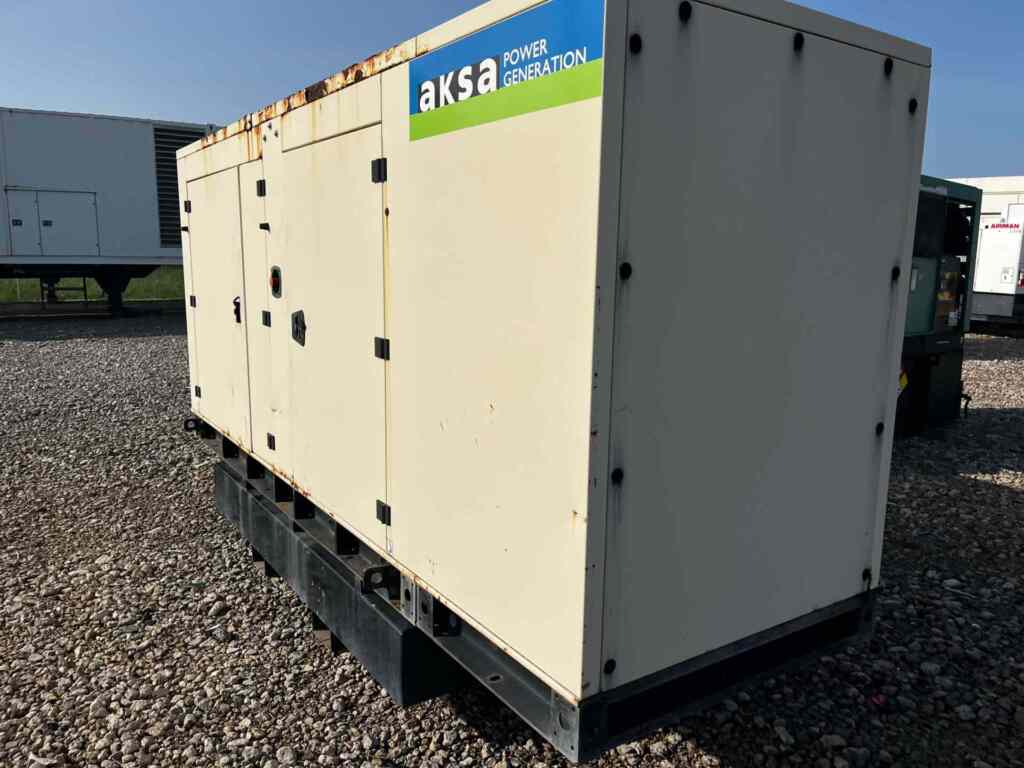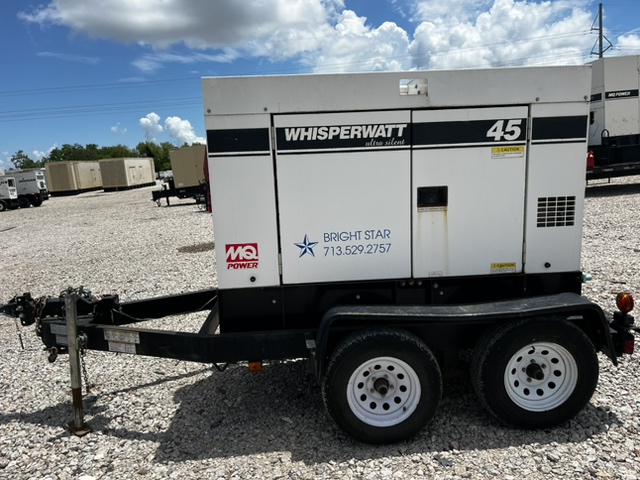What Is A Standby Generator?
If you run a business or manage a commercial facility, having a generator to keep the lights on in the event of a power outage is a strategic business move. With more and more outages reported around the country, whether due to natural disasters or power grid failures, backup generators are gaining in popularity. One of the most popular types of generators for commercial or industrial applications is a standby generator.
But what is a standby generator? A standby generator is a backup power solution that provides power to your business operations, commercial and industrial applications, or facilities during a power outage. Standby generators are generally stationary and installed on a concrete pad outside your facility. These generators are a robust power solution that can provide power for days during an extended power outage. However, standby generators are only to be used for power-out situations due to inclement weather, natural or man-made disasters, or during regular blackouts due to the nation’s aging power grid.
Different Fueling Options For Your Standby Generator
Commercial and industrial generators are generally run on diesel or natural gas.
- Diesel standby generators have fuel tanks attached to them that provide fuel to the generator to power its internal combustion engine. The downside to a diesel standby generator is the limited tank capacity and fuel cost (including delivery charge) compared to a natural gas generator. If you have a diesel-powered generator, always make sure to have a contingency plan in place that takes into account logistics for delivery in the case of emergencies.
- Natural gas standby generators are connected directly to the natural gas pipeline nearest to your facility. There is no fuel tank, so as long as the main gas utility line is working the generator can run indefinitely without needing to refuel. However, the downside to these generators is their more robust maintenance schedules. Additionally, natural gas pipelines are the first utility to be shut off during natural disasters such as hurricanes, tornadoes, and earthquakes to prevent fires or explosions – which would render your generator useless when you need it most.
The Benefit Of Prime Power Generators
A standby generator is a backup generator and is used during emergencies only. It can run for a short period of time as a main power supply but is meant to run just long enough to maintain operations during a power outage. A prime power generator is one that serves as a primary source of power for your commercial facility or other operation. It is designed to work long-term. Most prime power generators offer a variable power load that is drawn over time.
Prime power generators are most often used in remote locations or hard-to-access areas. They are a good solution in situations where there is no real access to power lines. These generators can also work as a mobile solution in places like mines, oil and gas operations, and remote construction sites. While they are most often used in these remote areas, some people use them for on-grid applications as well. Data centers and power plants often implement prime power generators to offset power provided by local utilities during times of peak usage.
Understanding Generator Ratings
A reliable generator is one of the most critical pieces of equipment a commercial business or organization can purchase. However, before you invest in a generator, you need to understand some essential specifications and ratings. Manufacturers classify each generator with industry-standard operational or power ratings such as standby generators and prime power generators. The Environmental Protection Agency, on the other hand, has mandated specific ratings to reduce emissions.
There are three different operational ratings based on the maximum allowable power output in relation to the usual load profile and running time:
- Emergency Standby (ESP) – this type of generator is a common mobile source of energy during power outages or other emergencies. Although it is required to provide power for the duration of an outage], an Emergency Standby generator type is designed to handle up to 200 hours of use per year, which is the lowest of the four ranking categories.
- Prime (PRP) – this type of genset makes an ideal primary source of energy. A generator with a PRP rating can operate with a varying load for an unlimited number of hours per year. Hospitals and other critical-care facilities are excellent candidates for prime power generators, as are mining operations, off-grid areas, and microgrid facilities.
- Continuous (COP) – this type of generator can supply power nonstop for unlimited hours per year, much like a prime power generator. However, the load must be constant.
No matter the rating, a generator should not be run at below 50 percent of its rated load. This is known as light, or low, loading. Low loading should be avoided whenever possible because it can cause the generator’s engine to not burn fuel properly. This will lead to a build-up of unburned fuel and soot in the exhaust, which decreases efficiency and leads to damage to the generator.
Which Generator Is Right For Me?
Both standby and prime power generators offer steady, reliable power to users. However, the ultimate decision on which one to purchase depends entirely on the application. If you are looking for a short-term solution to pick up the slack in the event of an inconvenient outage, a standby generator is the solution for you. But if you need a power source in a remote location to provide continuous power long-term, a prime power generator would be a better option.
 Turnkey Industries offers a variety of high-capacity
Turnkey Industries offers a variety of high-capacity 





